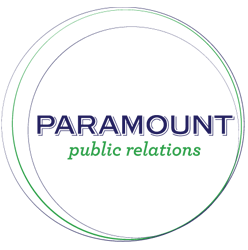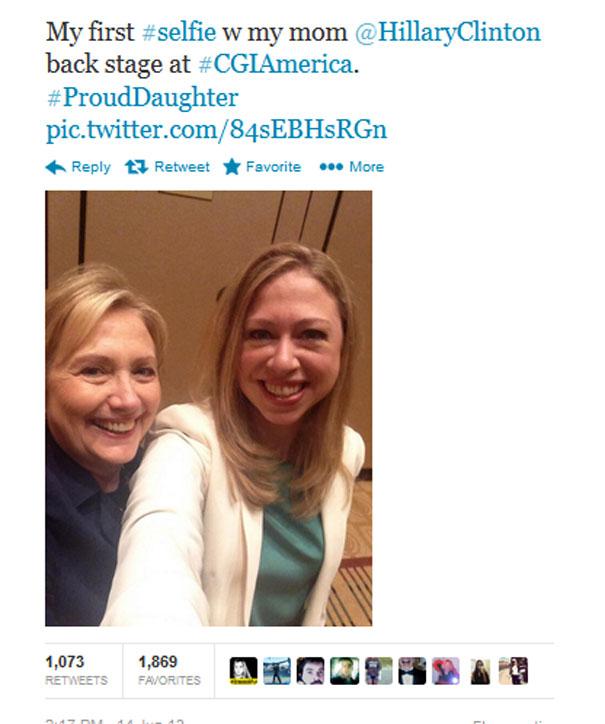
In the busy day-to-day work of a PR professional, there are many days where it feels as though there are not enough hours in the day to get everything done. Some weeks this cannot be helped—but other times it is more about how we use the time we have. PR Daily’s article “The top 5 workplace time traps,” demonstrates how getting everything done in the workday is all about efficiency. The author, Laura Stack, has been a productivity expert for over 20 years and lists the five major problems workers face as the following—poor prioritization, distractions and interruptions, overwork, poor self-discipline and poor organization.
Having a strong game plan when entering the office is the first step. Whether using lists, flagged emails or calendar alerts it is necessary to stay organized. The best PR professionals understand that efficiency is all about prioritization—knowing what needs to get accomplished by the end of the day and in what order. Stack recommends when feeling overwhelmed with work to “drop anything you can, give misallocated tasks to the people they really belong to, and delegate whenever possible. Move ‘someday’ tasks back to your Master List until you have time to deal with them.”
Stack also speaks about distractions in the workplace, whether it be coworkers, email alerts or other office conversations. These distractions can make workers unfocused, causing valuable work time to be lost. Her recommendations in a time crunch is “don’t answer emails and phone calls as soon as they come in. Turn off email alerts and let calls roll over to voice mail.” The distractions themselves not only waste time, but even more time is then lost trying to find our place before we were distracted.
This advice can help guide workers towards a lifestyle that is productive and therefore allows them to enjoy their lives outside of the workplace. Laura lists overwork as number four in her list of problems, stating that as employees are assigned more and more work, “Time remains our most precious resource; we can give up only so much of the time we need for sleep, good health, socializing, family, and the other things that make life worth living. You have no choice but to more firmly control your behavior. Trim away the unimportant and tightly control how you spend every minute of your workday. Firm, consistent time management and hard work are the only ways to pull out of this trap.”
While breaking free of these habits is not easy, learning how to become more productive will allow for better time management and more activities outside of the office.
Read Laura Stark’s article about how to tackle work efficiently here: http://www.prdaily.com/Main/Articles/17029.aspx




 When hiring, give an applicant’s potential to grow more weight than her current skill level. What she will be capable of tomorrow is much more important than what she can do today. Why? Because if you give a good idea to a mediocre team, they will screw it up. But give a mediocre idea to a great team, they will either fix it or come up with something better. That’s why people matter.
When hiring, give an applicant’s potential to grow more weight than her current skill level. What she will be capable of tomorrow is much more important than what she can do today. Why? Because if you give a good idea to a mediocre team, they will screw it up. But give a mediocre idea to a great team, they will either fix it or come up with something better. That’s why people matter.
 A recent Cision
A recent Cision 


